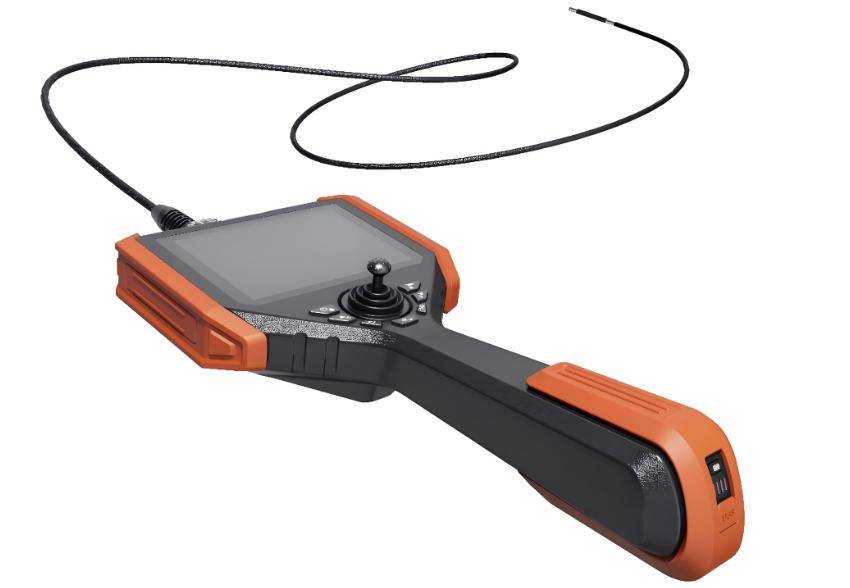Want to know more?
Don't miss any product updates on our industrial borescopes

Industrial borescope
solution service provider
Company Address
Office : 18F, Pingshanshouzuo, Pingshan District, Shenzhen,Guangdong
Contact Info
Ph: +86-0755-89588241

In the field of industrial inspection, industrial endoscopes are indispensable tools. The type of lighting system can be divided into two types: front light and rear light, which has a significant impact on the inspection results. This article will analyze the advantages and disadvantages of front LED and rear fiber optic light guide to help customers make wise choices in practical applications.

In front LED lighting technology, the light source is usually directly installed on the lens, without transmitting light signals through optical fiber or fiber bundle. This lighting technology, due to the integrated light source, and the lens diameter is usually less than 10 mm, the narrow space limits the lighting brightness to be too large, resulting in the inability to see the inspected object or the image clarity being affected to a certain extent.
In rear fiber optic lighting technology, the light source is rear-mounted in the host, and the light signal is transmitted to the end of the probe through the optical fiber. This lighting technology is mainly used in more professional industrial endoscope brands. Since the rear light source is located in the host, there is no space restriction, so a high-power light source can be used, which can guarantee the brightness of the lighting to a greater extent, thus being superior in image clarity. The sealing and waterproof performance of the probe is not affected, and because it is protected by the host, the possibility of the LED light source being worn is also eliminated.
Front light probe
There is a significant difference in brightness between the front LED and the rear fiber optic light guide. The maximum brightness of the front LED can reach 18000LX, which may be sufficient for general inspection of workpieces. However, for applications that require fine inspection, this brightness is far from enough. The high brightness advantage of the rear fiber optic light guide is obvious, and its brightness can reach 100000LX, which is more than 5 times that of the front LED. This makes the rear fiber optic light guide more advantageous when observing the internal details of an object.
Because the front LED places the lamp beads in front of the lens, it is easy to cause the front-end probe to heat up when used. This heat may affect the probe's reception signal, affecting the use effect and life. In contrast, the rear fiber optic LED design keeps the front-end probe at room temperature, greatly improving the safety of use, so it is more advantageous in fields such as industrial non-destructive testing.
Rear light probe
In terms of price, the front and rear lighting systems have obvious differences in effect and service life. The rear system is usually more expensive. Therefore, when choosing, you need to weigh it according to your own budget and actual needs.
Customers should decide whether to choose a front LED or rear fiber optic lighting system based on the specific application scenario. If high brightness is required to observe subtle details, and the temperature requirements are not strict, and the budget is relatively ample, you can choose a rear fiber optic light guide system. On the contrary, for general detection needs, the front LED is sufficient and the price is more affordable.

Industrial borescope
solution service provider